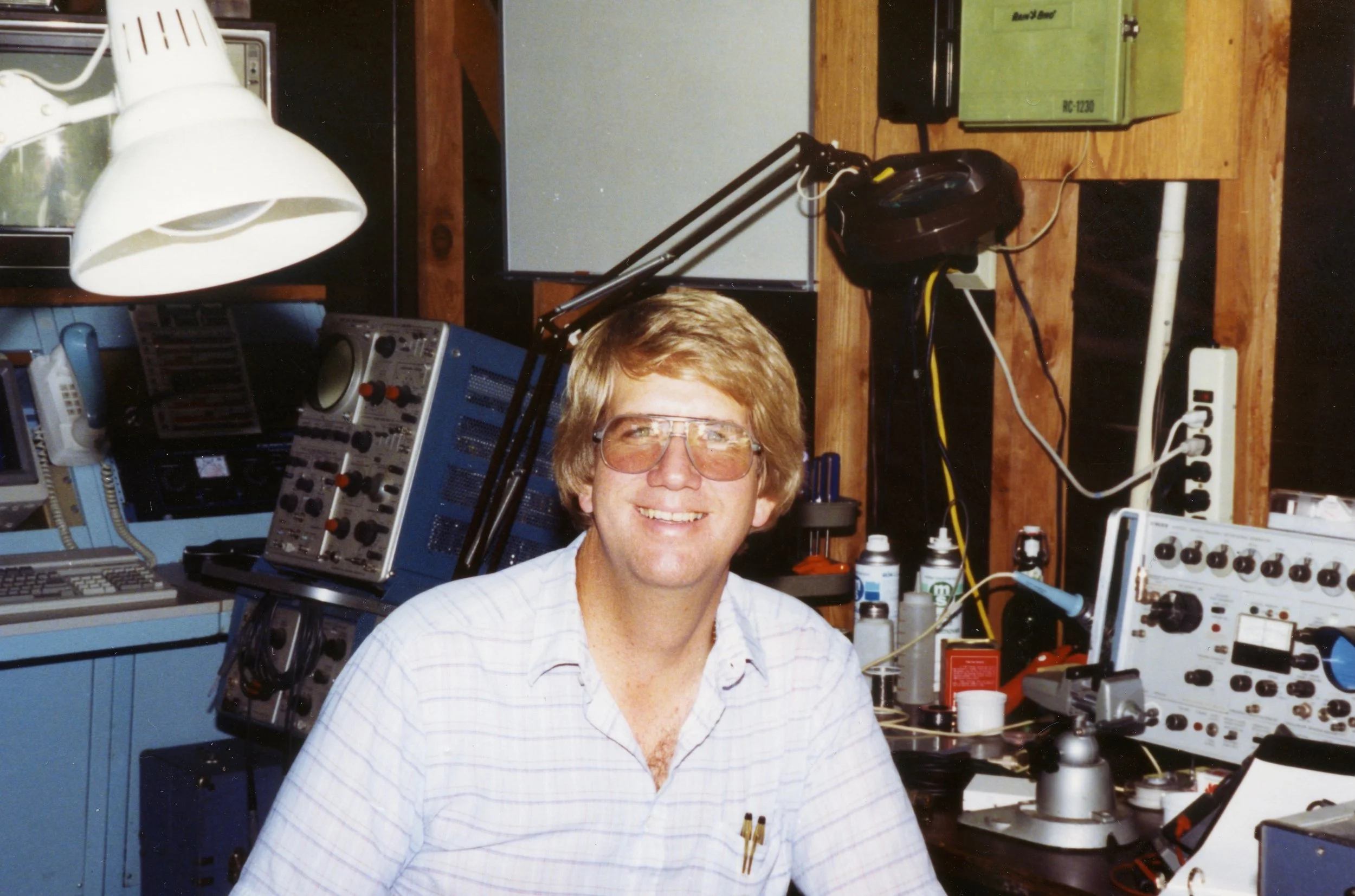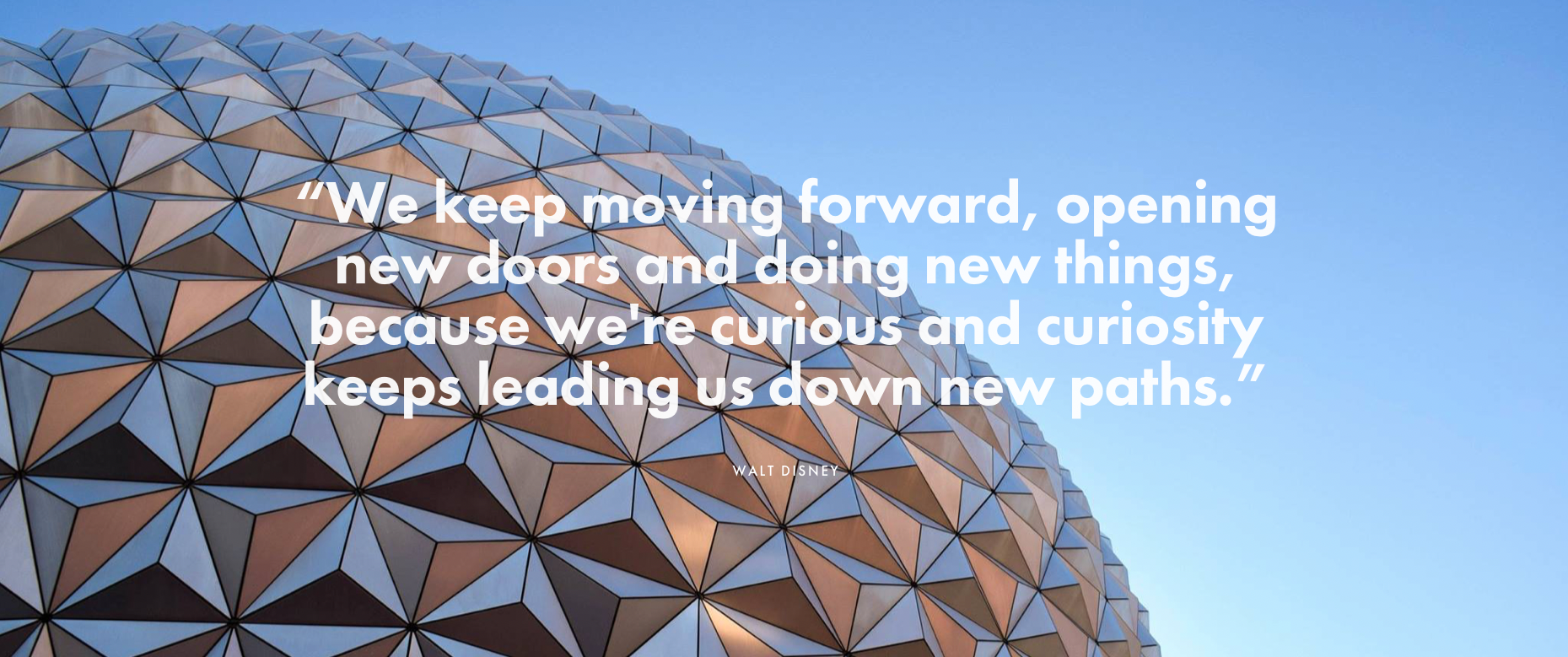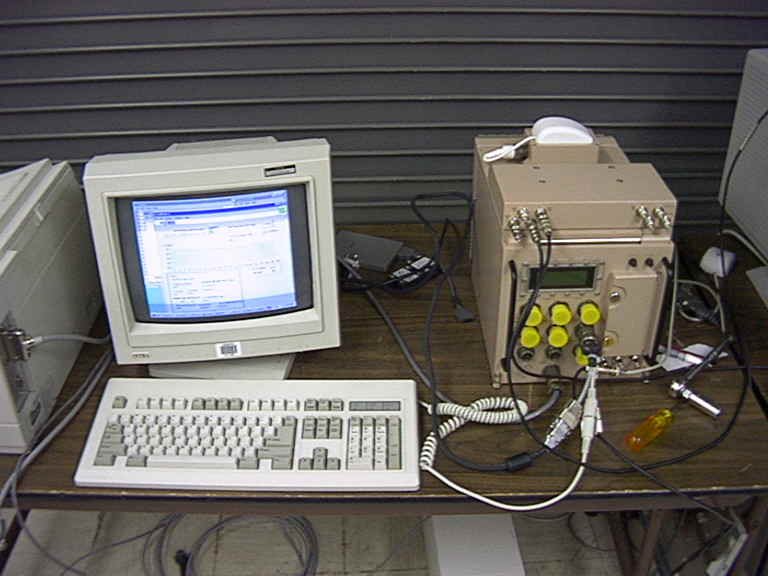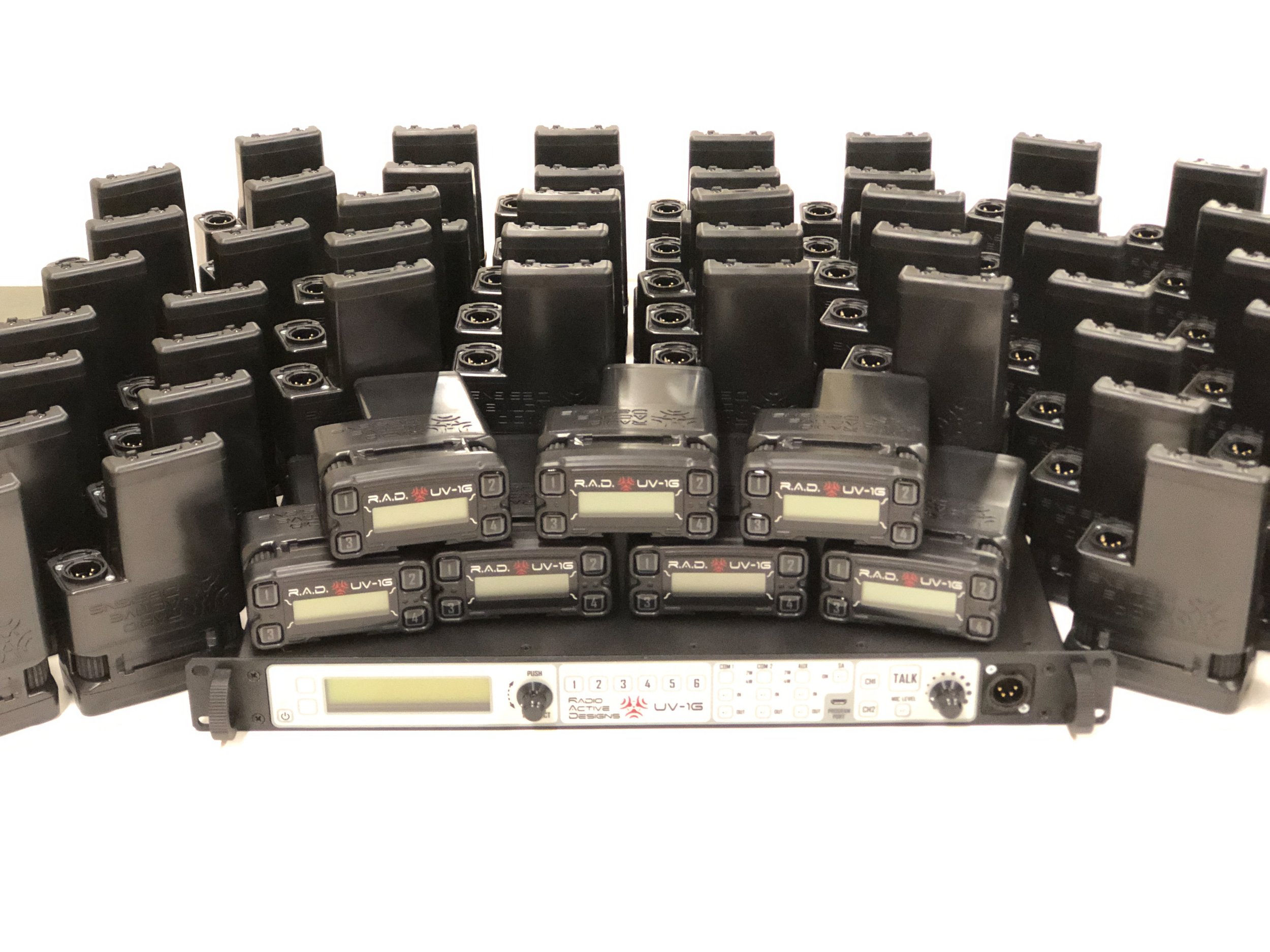Read RDG Founder Jim Hendershot’s childhood memory of a birthday gift that sparked his interest in radios, ultimately leading to his life-long passion for RF engineering.
Read MoreWith no formal training, Hedy Lamaar worked with other great minds like Howard Hughes, and during WWII, invented what became known as spread-spectrum, which is crucial for today's technology like wifi and Bluetooth. Learn about one of our "inspirational giants" whose genius is a foundation on which RDG was built.
Read MoreThinking about a long-term career as an engineer? Getting into engineering is not the easiest career path, but it can be quite rewarding. Read advice from our Chief Technical Office (and lead engineer) on getting started.
Read MoreWe see a lot of films feature radio technology as a silent yet pivotal character, so we thought it might be fun to explore (and explain) what some of these films got right, or maybe not quite right, with the portrayal of tech.
Read MoreSuper Bowl Sunday is coming up, and while most viewers will be focused on the game, or perhaps even more so on the ads, there is an important behind-the-scenes effort that goes on that is vital to the success of the entire effort. Frequency coordination!
Read MoreCompared to mobile networks of the past, it’s clear that there are more frequent, albeit more minor, issues with communications systems these days. Why is that?
Read MoreThe radio spectrum is a large and varied place. What do all those frequencies get used for, and what determines which ones are used for each application? There are several attributes that affect the choice… Read on to learn more!
Read MoreThe day Walt Disney died was also the day I became a teenager. His approach to “doing the impossible” continues to inspire me, even today.
Read MoreAt its core, engineering is a creative effort, and while there are many software programs that can assist an engineer with his work, ultimately it is the engineer who must create the product that is needed, or, perhaps even more basic, imagine the product in the first place.
Read MoreSooner or later, almost everyone in a business environment winds up having to make decisions about some sort of wireless or RF system. The big challenge is making the right decision in a field that has so much specialized knowledge. So how do you tell the difference between reasonably correct information, and total bull?
Read MoreUntil recently, most CP (circularly polarized) antennas were for the UHF (ultra-high frequency) band, as VHF (very high frequency) CP antennas were too large and unwieldy for a lot of applications. That has all changed with the introduction of our CP-1V, a compact, circularly polarized antenna.
Read MoreOur first venture into the world of military jamming began in 1998 with a phone call from a defense contractor asking if we could have a look at MCREWS (Modular Covert Radio Electronic Warfare Simulator), a jamming simulator program that was floundering.
Read MoreLooking back at a valuable lesson learned on a repair job that became an important core value of Radio Design Group: learn and build on the past to create better and positive outcomes.
Read MoreThere are several ways to simulate jamming in communications and GPS systems. Some are more accurate than others, but each has a place in the testing and training environment. It is vital that the details of the application be considered when selecting the best method, or combination of methods.
Read MoreEven better spectral efficiency is now possible without the need to purchase new hardware. Radio Design Group is offering the TS-1G trunking software package. This upgrade allows an existing UV-1G system to share the 6 inbound VHF channels with any number of beltpacks, resulting in a substantial increase in spectral efficiency.
Read MoreAs Radio Design Group, Inc. celebrates its 30th year, I look back at all it took to get me to that starting line in 1992. Like Richard Branson, another disruptive entrepreneur says, “Entrepreneurship is about turning what excites you in life into capital so that you can do more of it and move forward with it.”
Read More














